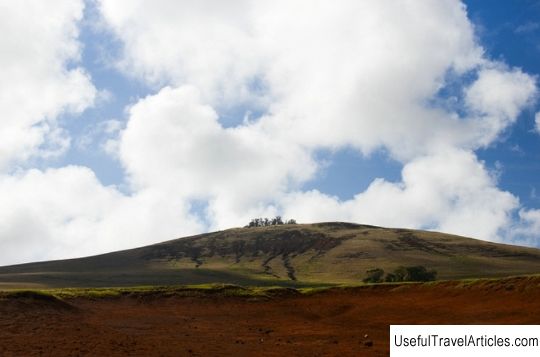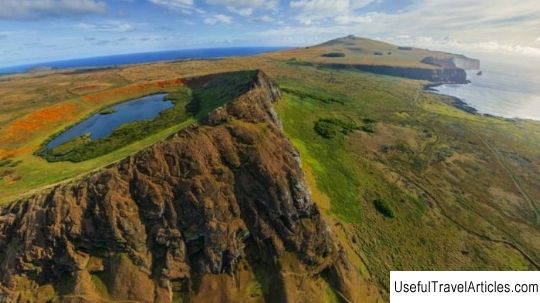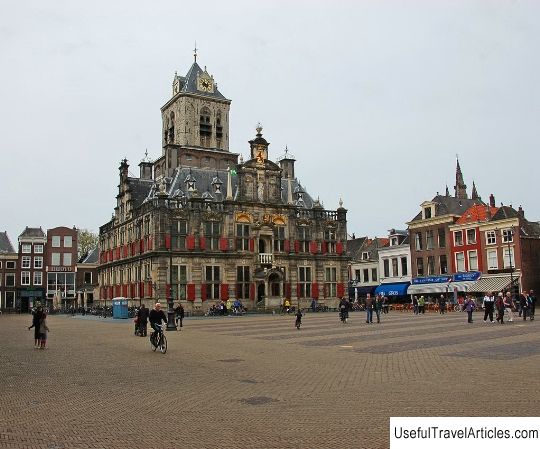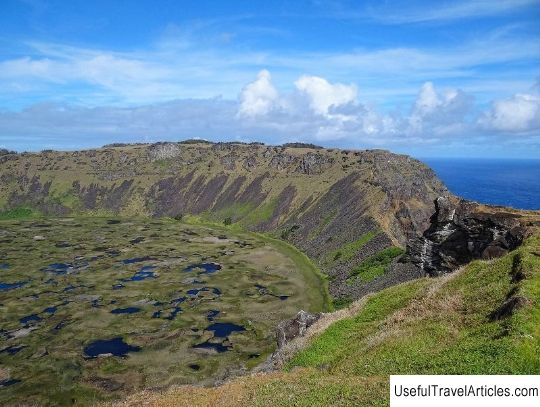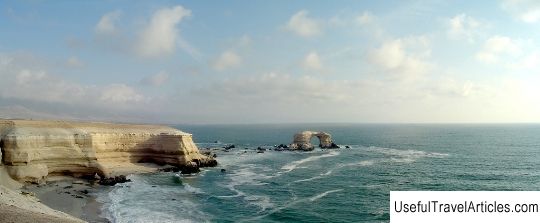Moai stone statues description and photos - Chile: Easter Island
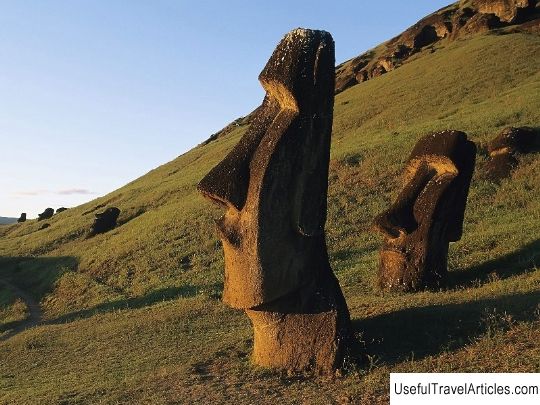
Moai stone statues description and photos - Chile: Easter Island. Detailed information about the attraction. Description, photographs and a map showing the nearest significant objects. The title in English is Moai. Photo and descriptionMoai are monolithic human figures carved from stone between 1250 and 1500 and located on the Chilean Easter Island (Rapa Nui). Almost half of them are still located on the outer slopes of the Rano Raraku crater of the extinct Terevaka volcano. Some are half buried, some are still `` under construction, '' and hundreds have been removed from there and set up on stone platforms called ahu around the perimeter of the island. Almost all moai have heads that are oversized, three-eighths of the size of the entire statue. Moai have mostly living faces of deified ancestors. High moai called "paro" - almost 10 m high and weighing over 80 tons. One unfinished sculpture, when completed, would be approximately 21 meters high and weigh approximately 270 tons. The average height of the moai is about 4 m, diameter is 1.6 m. These massive creations, as a rule, weigh 12.5 tons. All 53,887 moai that are known today were carved from tuff (compressed volcanic ash) Early Raruku. There are also 13 moai carved from basalt, 22 from trachyte and 17 from brittle red slag. The Easter Island statues are known for their large wide noses and massive chin, rectangular ears and deep eye slits. Their bodies tend to squat, with arms, no legs. In 1979, Sergio Rapu Haoa and a team of archaeologists discovered that hemispherical or deep elliptical eye sockets were designed to hold coral eyes. or with black or red slag pupils. But over time, the colored pupils of the statues were lost. Some moai wore pukao caps on their heads, they were carved from red volcanic slag (very light slag from the Pune Pau quarry). Red is considered a sacred color in Polynesia. The addition of the pukao hat raised the status of the moai. Many archaeologists assume that the moai statues are symbols of power and strength, both religious and political. Archaeologists believe that the statues were the embodiment of ancient Polynesian ancestors. The moai statues, which are turned away from the ocean and turned towards the villages, seem to be watching people. The exception is the seven Ahu Akivi, which look out to sea to help travelers find the island. There is a legend that says that there were seven people who were waiting for their king,      We also recommend reading Cotonou Cathedral description and photos - Benin: Cotonou Topic: Moai stone statues description and photos - Chile: Easter Island. |
